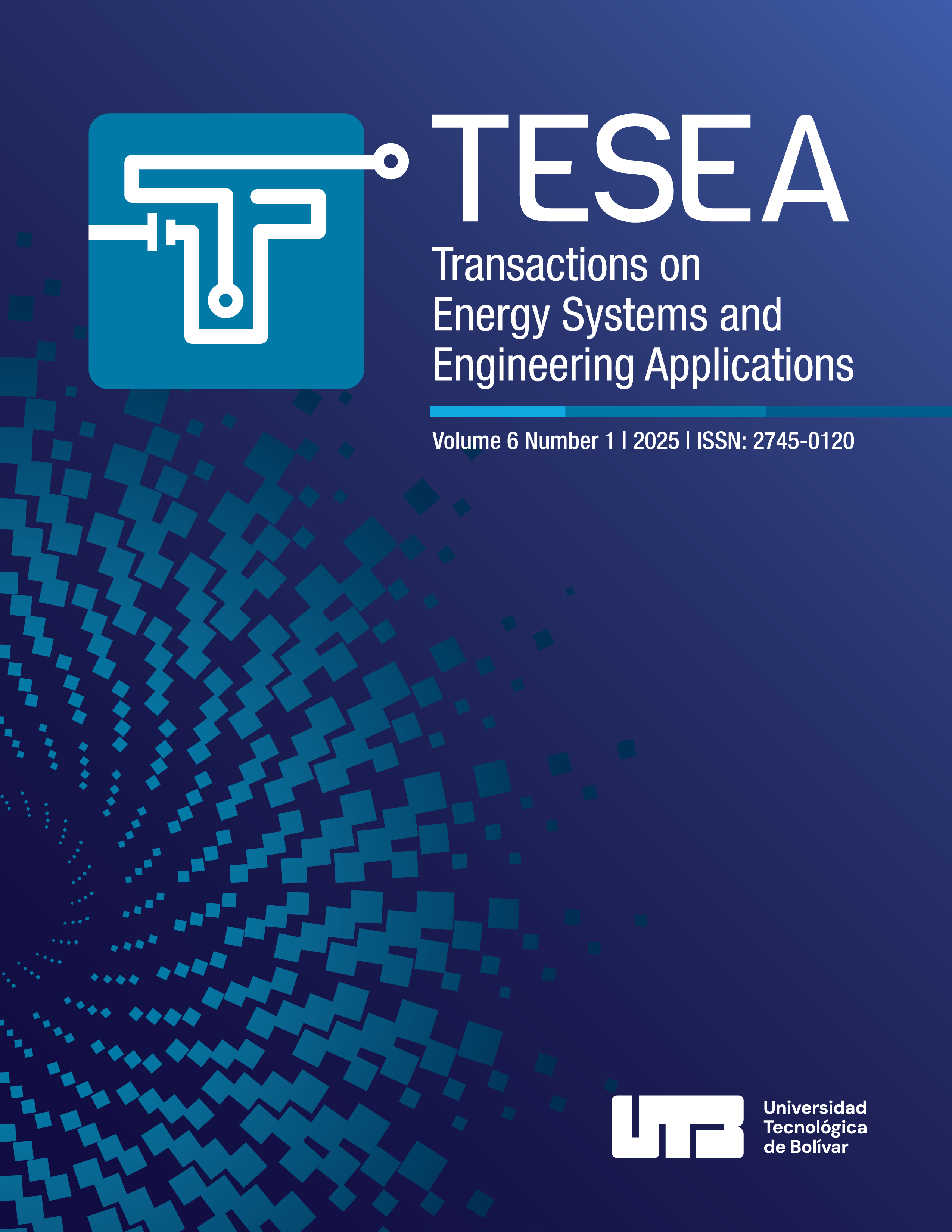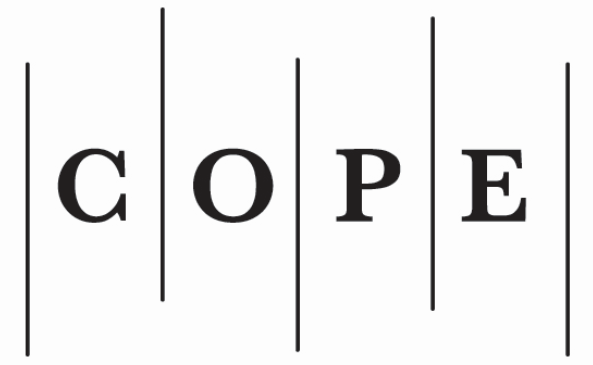Study on an indirect solar dryer for drying sliced bitter gourd using PCM
DOI:
https://doi.org/10.32397/tesea.vol6.n1.665Keywords:
Solar dryers, bitter gourd, solar dryer, PCM, sodium thiosulfate pentahydrate, inorganic salt, solar dryer performanceAbstract
Solar dryers are of significant importance in the food industry since they facilitate the preservation of various edible products, including cereals, vegetables, and fish, by effectively extracting moisture from products. In the current study, an indirect type cabinet solar dryer had been constructed to dry the bitter gourd pieces. To enhance the efficacy of the solar dryer during late evening hours, an inorganic salt, sodium thiosulfate pentahydrate (Na2S2O3. 5H2O) serving as a phase changing material (PCM), was incorporated into the collecting area of the dryer. The study examined the process parameters, including the moisture ratio, dryer inlet temperature and the outlet temperature, for the dehydration of sliced bitter gourds in two scenarios: an indirect solar dryer without phase change material (IDSD), and a solar dryer with PCM (IDSD-PCM). The experiment involved maintaining a constant mass flow rate of air at 0.07 kg/s, while operating the dryer for a duration of nine hours in an experimental day. The findings obtained were evaluated, and the impact of incorporating PCM into the indirect solar dryer was examined and reported. The findings of the study indicated that the inclusion of PCM inside the collecting area had a substantial impact on the temperature of the drying chamber, particularly during the late evening hours. Furthermore, the utilization of PCM resulted in a notable increase of 5.1% per day in the proportion of moisture extracted from sliced bitter gourds.
Downloads
Downloads
Published
How to Cite
Issue
Section
License
Copyright (c) 2025 M.K. Murthi, P. Manoj Kumar, Sunil Kumar Bandili, Pradeep Johnson, M. Sakthivel

This work is licensed under a Creative Commons Attribution 4.0 International License.
Authors retain copyright and grant the journal right of first publication with the work simultaneously licensed under a Creative Commons Attribution 4.0 International License, which allows others to share the work with an acknowledgment of the work's authorship and initial publication in this journal.
















